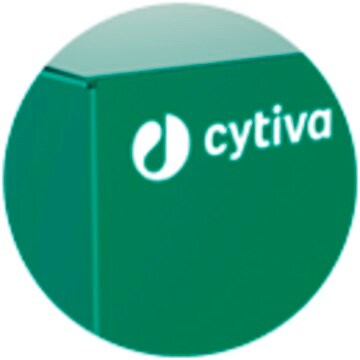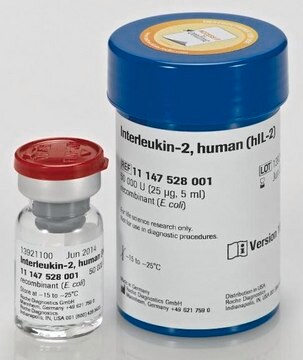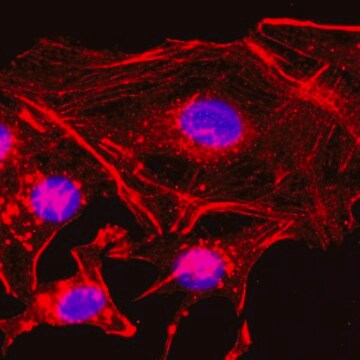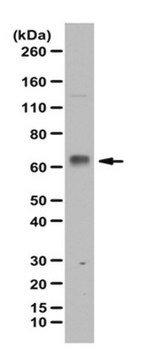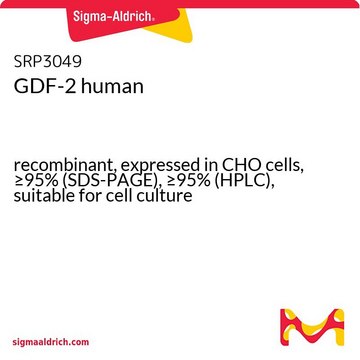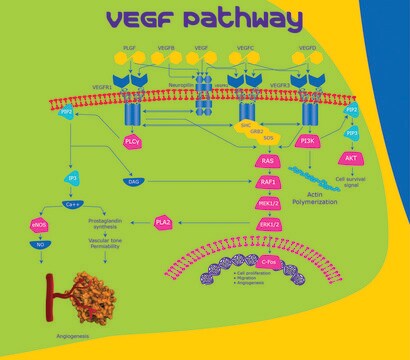SRP3049
GDF-2 human
recombinant, expressed in CHO cells, ≥95% (SDS-PAGE), ≥95% (HPLC), suitable for cell culture
Synonyme(s) :
BMP-9, Growth/Differentiation Factor-2
About This Item
Produits recommandés
Source biologique
human
Produit recombinant
expressed in CHO cells
Essai
≥95% (HPLC)
≥95% (SDS-PAGE)
Forme
lyophilized
Puissance
0.5-1.9 ng/mL
Poids mol.
24.1 kDa
Conditionnement
pkg of 10 μg
Technique(s)
cell culture | mammalian: suitable
Impuretés
<0.1 EU/μg endotoxin, tested
Couleur
white to off-white
1 of 4
Cet article | SRP3038 | SRP3070 | SRP3185 |
|---|---|---|---|
| technique(s) cell culture | mammalian: suitable | technique(s) cell culture | mammalian: suitable | technique(s) cell culture | mammalian: suitable | technique(s) cell culture | mammalian: suitable |
| biological source human | biological source human | biological source human | biological source human |
| recombinant expressed in CHO cells | recombinant expressed in E. coli | recombinant expressed in E. coli | recombinant expressed in HEK 293 cells |
| form lyophilized | form lyophilized | form lyophilized | form lyophilized |
| packaging pkg of 10 μg | packaging pkg of 25 μg | packaging pkg of 50 μg | packaging pkg of 10 μg |
Description générale
Actions biochimiques/physiologiques
Séquence
Forme physique
Reconstitution
Code de la classe de stockage
11 - Combustible Solids
Classe de danger pour l'eau (WGK)
WGK 3
Point d'éclair (°F)
Not applicable
Point d'éclair (°C)
Not applicable
Faites votre choix parmi les versions les plus récentes :
Déjà en possession de ce produit ?
Retrouvez la documentation relative aux produits que vous avez récemment achetés dans la Bibliothèque de documents.
Notre équipe de scientifiques dispose d'une expérience dans tous les secteurs de la recherche, notamment en sciences de la vie, science des matériaux, synthèse chimique, chromatographie, analyse et dans de nombreux autres domaines..
Contacter notre Service technique
